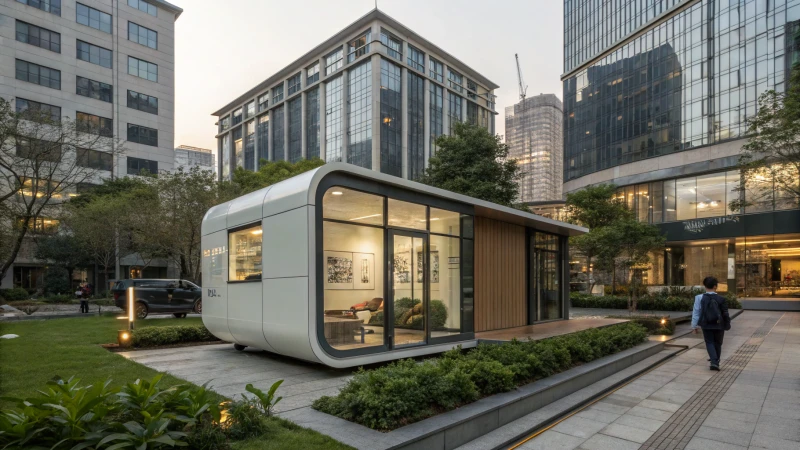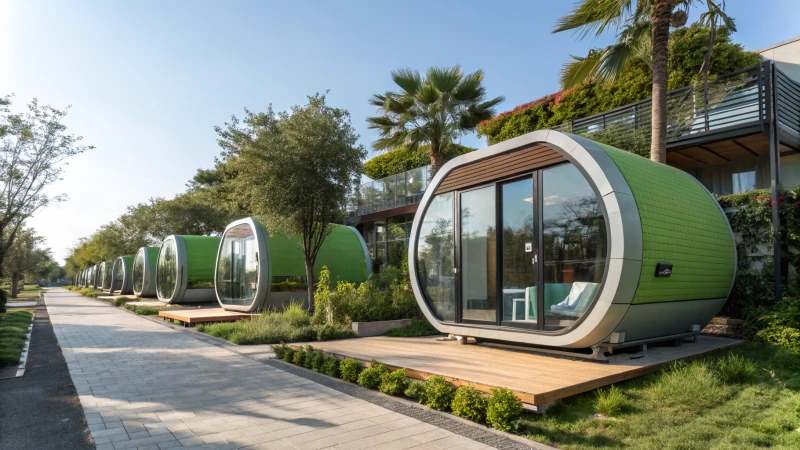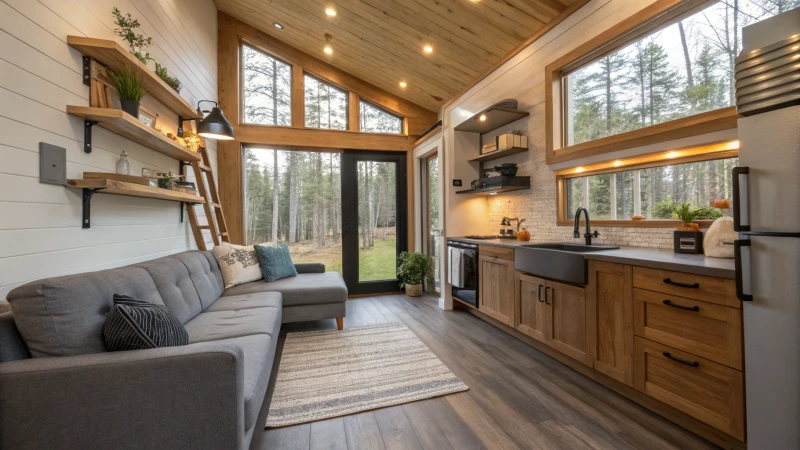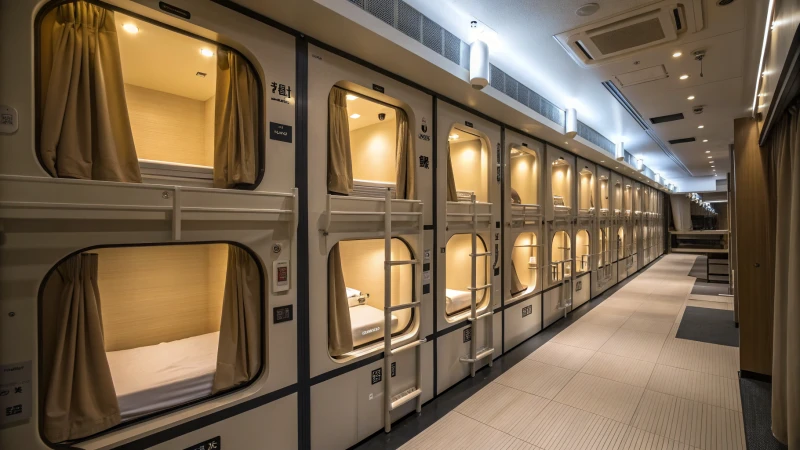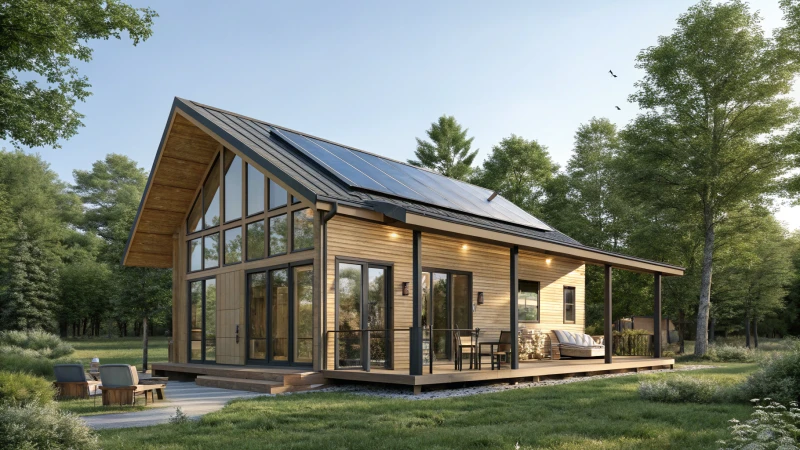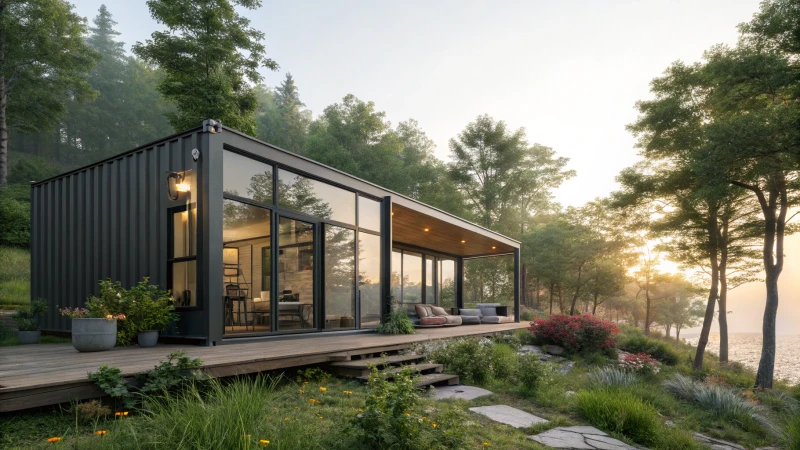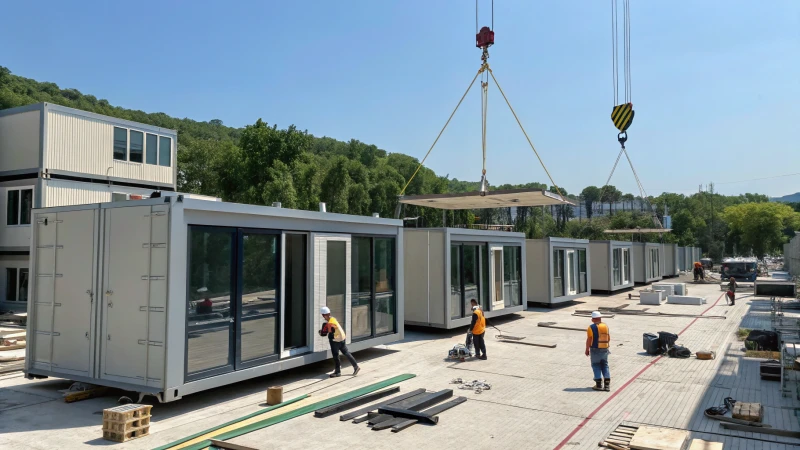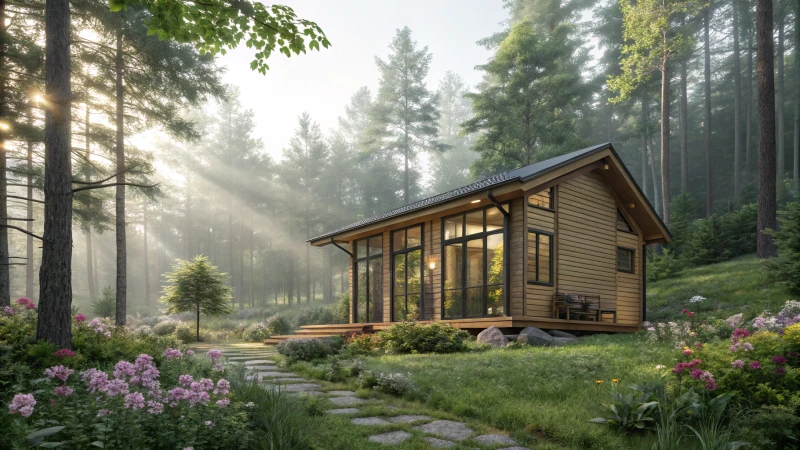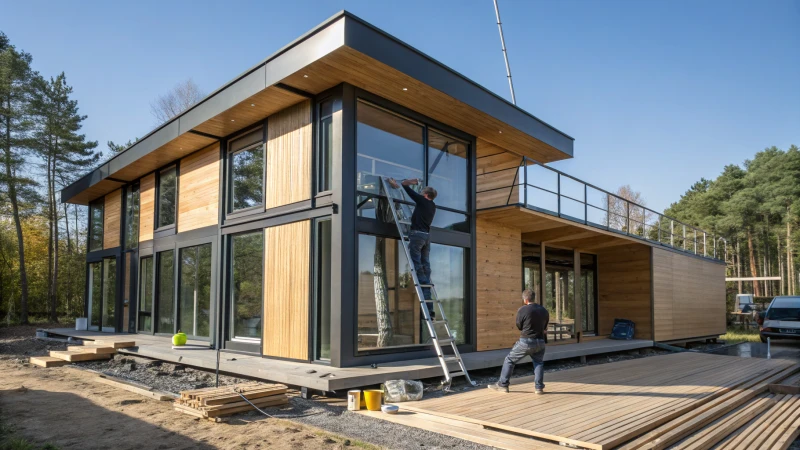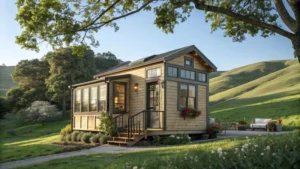
How Do You Choose Between a Prefab Tiny House, Space Capsule House, or Modular House?
This blog post explores the differences between prefab tiny houses, space capsule homes, and modular houses. It highlights key factors such as affordability, design flexibility, sustainability, and energy efficiency. Prefab tiny houses are ideal for those seeking budget-friendly options with customization potential. Space capsule homes offer luxurious futuristic designs perfect for high-end tourism. Modular homes excel in scalability and energy efficiency for larger projects. Understanding these distinctions can help you make an informed decision that aligns with your priorities and lifestyle needs.

